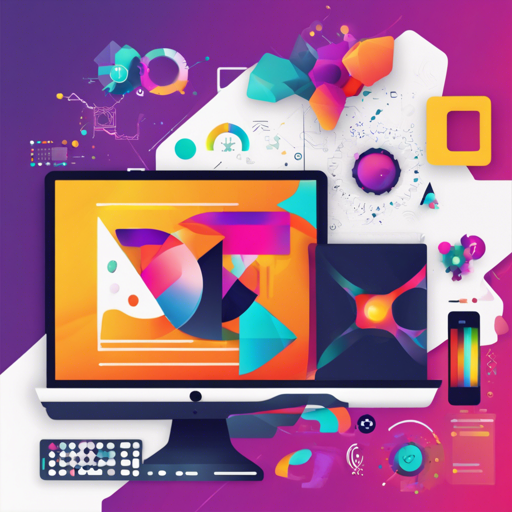Welcome to the world of AI-driven logo design! Today, we will explore how to generate striking logos using the FLUX.1-dev model combined with LoRA (Low-Rank Adaptation). This guide is intended for both novices and experienced users looking to enhance their creative process with AI tools.
Understanding the Concept
Think of the FLUX.1-dev model as a professional artist ready to create logos based on your imaginative input. Each time you provide trigger words like “wablogo, logo, Minimalist,” it’s akin to giving the artist a brief. You will dictate what elements should be present, and the model will whip up a visual masterpiece, just as an artist would sculpt a piece of art from a simple block of clay.
Setting Up Your Environment
Follow these steps to prepare your setup for logo generation:
- Install Required Libraries: Ensure you have Python and the necessary libraries installed, including
torchanddiffusers. - Load the Model: You will load the FLUX.1-dev model which contains all the trained data for generating logos.
Implementing Image Generation
Here’s a step-by-step breakdown of how to generate a logo through code:
import torch
from diffusers import FluxPipeline
# Load the model
pipe = FluxPipeline.from_pretrained("black-forest-labs/FLUX.1-dev", torch_dtype=torch.bfloat16)
# Load the LoRA weights
pipe.load_lora_weights("Shakker-Labs/FLUX.1-dev-LoRA-Logo-Design", weight_name="FLUX-dev-lora-Logo-Design.safetensors")
# Customize the Lora scale
pipe.fuse_lora(lora_scale=0.8)
pipe.to("cuda")
# Create a prompt and generate the image
prompt = "logo,Minimalist,A bunch of grapes and a wine glass"
image = pipe(prompt, num_inference_steps=24, guidance_scale=3.5).images[0]
image.save("example.png")Imagine you’re baking a cake. Each line in the code above is an ingredient that contributes to the final delicious creation. You first gather your basic ingredients (load the model), mix them together (load the LoRA weights), adjust the flavor (custom Lora scale), and finally bake it all together (generate and save the logo).
Getting Creative with Prompts
When crafting prompts, think about combinations and clear representations of what you envision:
- Dual Combination: Pair elements like “cat and coffee”.
- Font Combination: Integrate a shape with a letter, for example, “a book with the word M”.
- Text Below Graphic: Use text directly with graphics; for instance, “coffee” positioned prominently beneath a coffee cup.
Showcasing Your Work
Once you generate your logos, take pride in showcasing them! The quality and uniqueness of your creations will speak for themselves.
Troubleshooting
If you encounter issues during the process, consider the following:
- Model Not Loading: Ensure all libraries are updated and compatible versions are installed.
- No Output Image: Check your prompt for errors. Ensure there is no syntax issue in your input.
- Low-Quality Outputs: Experiment with
num_inference_stepsandguidance_scaleto improve the details.
For more insights, updates, or to collaborate on AI development projects, stay connected with fxis.ai.
Final Thoughts
At fxis.ai, we believe that such advancements are crucial for the future of AI, as they enable more comprehensive and effective solutions. Our team is continually exploring new methodologies to push the envelope in artificial intelligence, ensuring that our clients benefit from the latest technological innovations.

